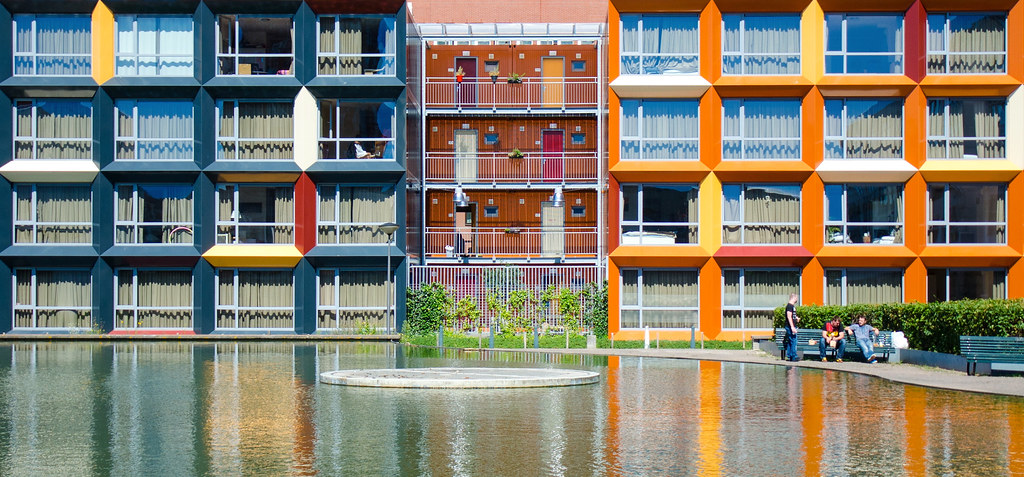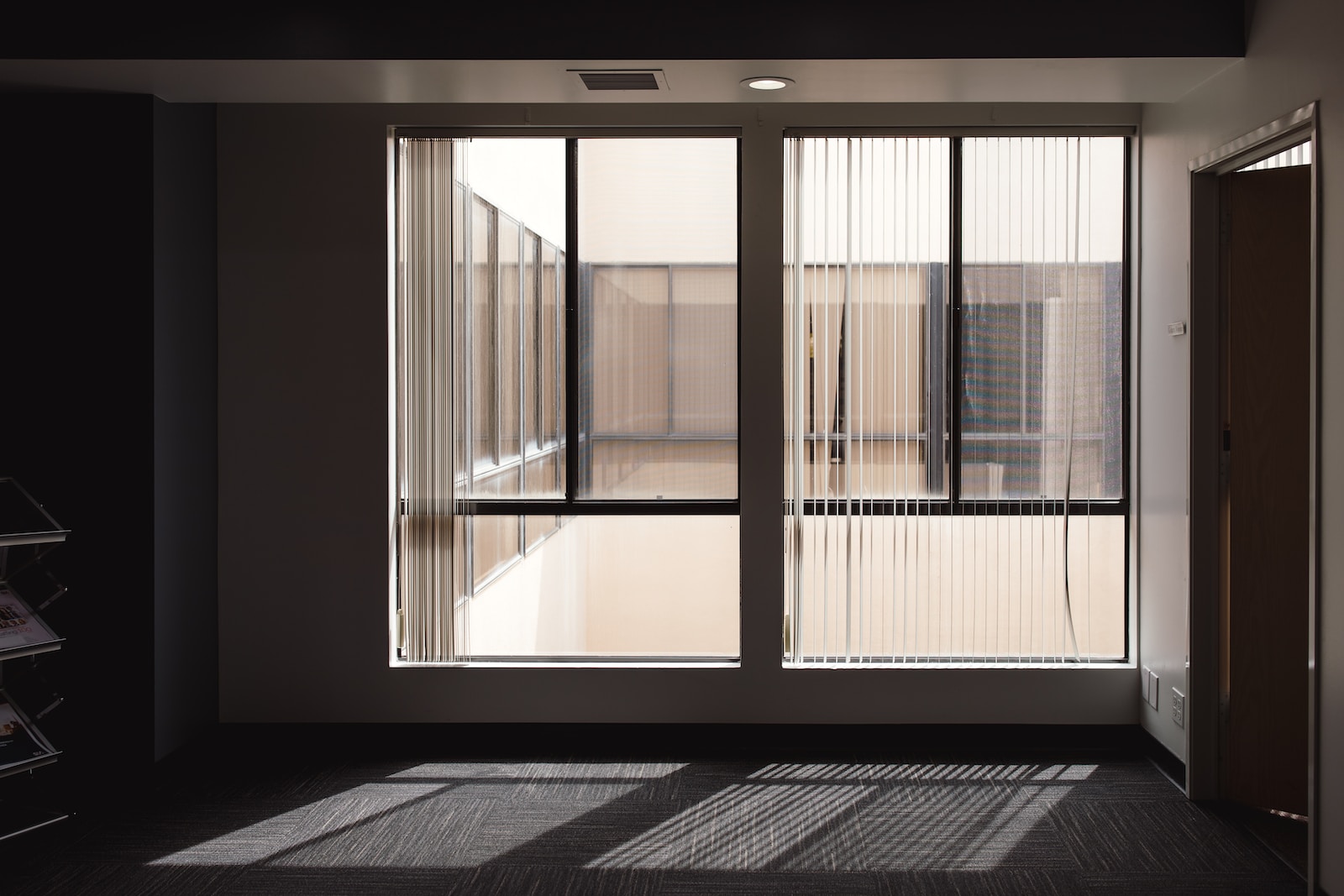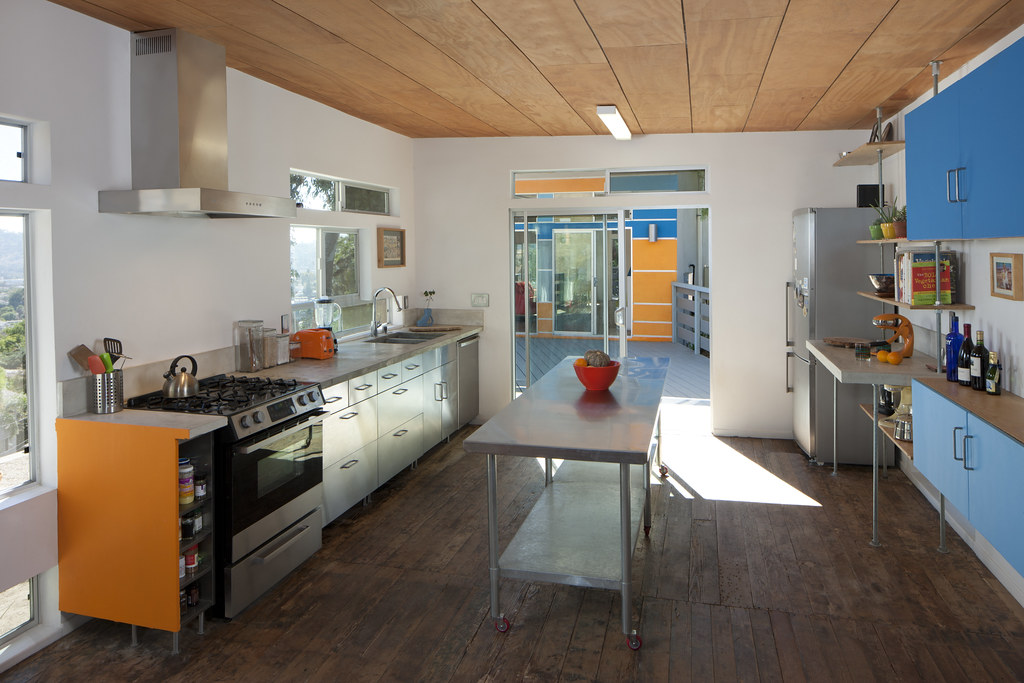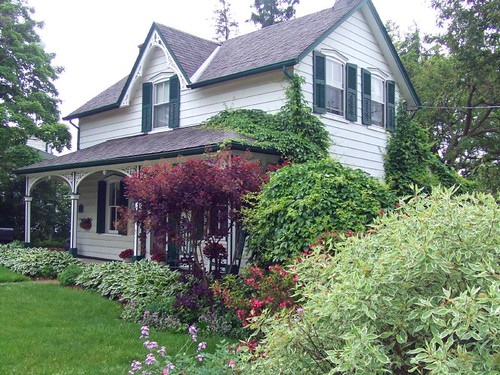Hey there, container home enthusiasts! I’m Emily Owens, your go-to source for all things container homes, and today, we’re diving deep into the nitty-gritty world of material selection for your dream container abode. Building a home from shipping containers is not just a trend; it’s a sustainable, cost-effective, and innovative way to create your unique living space. But before you roll up your sleeves and get to work, you’ll need to make some crucial decisions about the materials you’ll use. Don’t worry, I’ve got your back.
The Foundation of Your Dream Home: Choosing the Right Container
The star of the show, of course, is the shipping container itself. These sturdy steel boxes have traveled the world, braving storms and rough seas, and they’re the backbone of your container home. But not all containers are created equal.
Standard or High Cube?
First things first, you need to decide between a standard container and a high cube container. Standard containers are 8 feet tall, while high cube containers give you an extra foot of height, making them perfect for those lofty ceiling designs or to accommodate taller furniture.
New or Used?
Next, consider whether you want a new or used container. New containers are a bit more expensive but come with the advantage of being corrosion-free and in pristine condition. Used containers, on the other hand, can be a budget-friendly option, but they may require some repairs and rust treatment. It’s all about finding the right balance between your budget and your vision.
Size Matters
Container homes come in various sizes, from a single container studio to sprawling multi-container mansions. Think about your needs, the available space on your plot, and, of course, your budget when choosing the number and size of containers to use.
Insulation: Keeping the Comfort In
Now that you’ve got your containers sorted out, it’s time to think about insulation. Container homes can get pretty toasty in the summer and chilly in the winter without proper insulation.
Spray Foam Insulation
Spray foam insulation is a popular choice among container home builders. It provides excellent thermal performance, seals gaps effectively, and can be applied both on the interior and exterior of the container walls. While it’s a bit pricier than other options, it’s well worth the investment for the energy savings it offers.
Fiberglass Batt Insulation

Fiberglass batt insulation is another option, known for its affordability. It’s relatively easy to install and can help regulate the temperature inside your container. However, it’s crucial to ensure a proper vapor barrier to prevent moisture issues.
Rigid Foam Insulation
Rigid foam insulation panels are lightweight and easy to work with. They offer good thermal resistance and can be installed both inside and outside the container walls. Just make sure to choose the right thickness for your climate and heating/cooling needs.
Roofing and Flooring: Overhead and Underfoot
Now, let’s shift our focus to the roof and flooring of your container home.
Roofing Options
When it comes to roofing, you have several choices. Traditional shingles, metal roofing, or even a “green” roof with plants can be excellent options. Your choice will depend on your budget, climate, and personal aesthetics.
Flooring Materials
For flooring, consider materials like hardwood, laminate, or even polished concrete. The key is durability and aesthetics. Remember that you’ll want something that not only looks good but can withstand the test of time.
Windows and Doors: Welcoming the Outdoors In
Windows and doors are your connections to the outside world. They allow natural light to flood your space and provide essential ventilation.
Windows
Opt for energy-efficient windows to help with insulation and reduce heating and cooling costs. Large, strategically placed windows can also provide breathtaking views and enhance the feeling of spaciousness.
Doors
Container homes often feature sliding glass doors or industrial-style roll-up doors for a unique touch. Make sure they’re well-sealed to maintain your insulation.
Siding and Exterior Finishes: The Facade That Wows
The exterior finish of your container home is what everyone will see. It’s your chance to make a statement and showcase your personality.
Metal Siding
Metal siding can maintain that classic industrial look, and it’s durable and low-maintenance. You can choose from various colors and finishes to suit your style.
Wood Siding
Wood siding gives your container home a warm and natural feel. It’s a versatile option that can be stained or painted to match your preferences.
Cement Board
Cement board siding is an excellent choice for a modern and minimalist look. It’s highly durable and resistant to pests and rot.
Plumbing and Electrical: The Inner Workings
Now, let’s delve into the inner workings of your container home – the plumbing and electrical systems.
Plumbing

Plumbing can be a bit trickier in container homes, as you’ll need to plan for waste disposal and water supply. Consider composting toilets and rainwater harvesting systems to make your home more sustainable.
Electrical
Ensure that your container home has a well-designed electrical system with sufficient outlets and lighting. Solar panels can be a fantastic addition to your energy-efficient setup, allowing you to harness the power of the sun.
Interior Finishes: Making It Yours
Last but not least, it’s time to put the finishing touches on your container home’s interior.
Paint and Wall Coverings
Choose colors and textures that reflect your personal style. Bright, neutral colors can make your space feel open and inviting, while unique wall coverings can add character.
Cabinetry and Fixtures
Invest in quality cabinetry and fixtures that not only look good but also function well. Consider sustainable materials and finishes for an eco-friendly touch.
Furniture and Decor
Don’t forget about furniture and decor. Pick pieces that complement your overall design and provide comfort and functionality.
Wrapping It Up
Building a container home is an exciting journey, and choosing the right materials is a critical part of the process. From the containers themselves to insulation, roofing, and everything in between, your choices will shape the look, feel, and efficiency of your dream home.
Remember, there’s no one-size-fits-all solution. Your material selections should align with your budget, climate, and personal preferences. So, take your time, do your research, and create a container home that’s uniquely yours.
Happy building, container home enthusiasts! And remember, when in doubt, add a touch of humor and creativity – after all, it’s your home, and it should reflect your personality every step of the way. Cheers to a sustainable and stylish future in your container haven!





















Find Us on Socials